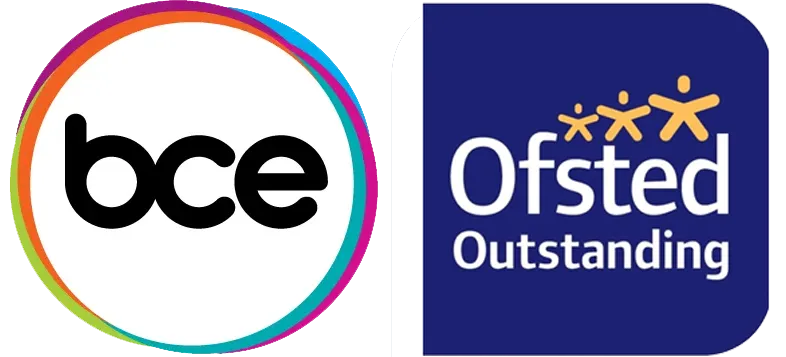
What is an Apprenticeship?
Apprenticeships are structured programs that blend practical work experience with formal education, allowing individuals to earn while they learn.
These programs are tailored to equip apprentices with the skills and knowledge necessary for success in their chosen fields.
In the creative industries, apprenticeships span a variety of disciplines, including graphic design, media production, music technology, and more.
Why Employ an Apprentice in the Creative Sector?
Hiring an apprentice in the creative sector can bring numerous benefits to your business. Apprentices introduce fresh ideas and perspectives, helping your company stay innovative and competitive.
Moreover, apprenticeships allow you to tailor training to meet your business’s specific needs, ensuring that new talent aligns well with your company’s goals and culture.
The Benefits of Employing Apprentices
Bringing New Talent and Perspectives
One of the main advantages of hiring apprentices is the infusion of new talent into your team. Apprentices bring enthusiasm, creativity, and a willingness to learn, which can invigorate your workplace. Their unique perspectives can lead to innovative solutions and new approaches to projects.
Enhancing Skills within Your Team
Apprenticeships offer an opportunity to develop a highly skilled workforce. By training apprentices in-house, you can ensure they acquire the specific skills needed for your business.
This targeted development not only enhances the capabilities of your team but also fosters a culture of continuous learning and improvement.
Contributing to Industry Growth
By employing apprentices, you are contributing to the growth and sustainability of the creative industry. Apprenticeships help bridge the skills gap and prepare the next generation of creative professionals.
This investment in young talent supports the broader industry ecosystem, promoting innovation and economic development.
Preparing to Hire an Apprentice
Understanding Legal Obligations
Before hiring an apprentice, it’s crucial to understand the legal requirements involved. This includes ensuring compliance with employment laws, health and safety regulations, and apprenticeship standards.
You’ll need to create an apprenticeship agreement that outlines the training plan, working conditions, and duration of the apprenticeship.
Creating a Supportive Environment
A supportive work environment is essential for the success of an apprenticeship. This involves providing adequate training, resources, and mentorship to help apprentices thrive.
Foster an inclusive and encouraging culture where apprentices feel valued and motivated to contribute their best work.
Finding the Right Apprentice
Crafting a Compelling Job Description
To attract the right candidates, craft a compelling job description that clearly outlines the role, responsibilities, and benefits of the apprenticeship. We have some examples on BCE’s apprenticeship page.
Highlight the skills and qualifications required, as well as the opportunities for growth and development within your company.
Navigating Apprenticeship Programs and Services
There are numerous programs and services available to help you find and recruit apprentices. Organisations like BCE (Big Creative Education) offer resources and support for employers, making it easier to connect with talented individuals eager to start their careers in the creative industries.
BCE Apprentices
BCE apprentices are trained to meet the demands of the creative sector, equipped with the practical skills and theoretical knowledge needed to excel. Partnering with BCE can simplify the hiring process and ensure you find apprentices who are a great fit for your business.
The Hiring Process
Application and Selection Process
The hiring process for apprentices should be thorough and well-structured. Review applications carefully, looking for candidates who demonstrate a genuine interest in the creative field and a readiness to learn. Conduct interviews and assessments to evaluate their skills, potential, and cultural fit.
Interviews and Assessments
Interviews and assessments are crucial for selecting the right apprentice. Ask questions that gauge their creativity, problem-solving abilities, and teamwork skills. Practical assessments can provide insight into their technical capabilities and how they approach real-world tasks.
Integrating an Apprentice into Your Team
Onboarding and Training
Effective onboarding and training are vital for integrating apprentices into your team. Provide a comprehensive orientation that covers your company’s values, procedures, and expectations. Tailor training programs to develop their skills progressively, ensuring they feel confident and capable in their roles.
Mentoring and Support
Mentoring is a key component of a successful apprenticeship. Assign experienced team members to guide and support apprentices, offering regular feedback and encouragement. This mentorship helps apprentices navigate their new roles and fosters a sense of belonging within the team.
Maximising the Apprenticeship Experience
Setting Clear Objectives and Expectations
Set clear objectives and expectations for your apprentices from the outset. Define their roles and responsibilities, outline performance goals, and establish timelines for achieving milestones. Clear communication ensures that apprentices understand what is expected of them and how they can succeed.
Providing Regular Feedback and Development Opportunities
Regular feedback is essential for the growth and development of apprentices. Schedule frequent check-ins to discuss their progress, address any challenges, and celebrate their achievements. Provide opportunities for further learning and development, such as workshops, courses, and on-the-job training.
Resources and Support for Employers
Government and Industry Resources
There are numerous government and industry resources available to support employers in hiring apprentices. These resources offer guidance on legal requirements, funding opportunities, and best practices for managing apprenticeships. Utilising these resources can simplify the hiring process and ensure compliance with regulations.
Funding and Grants
Employers can access various funding and grants to support apprenticeship programs. Government initiatives often provide financial incentives for hiring apprentices, helping to offset training costs and enhance the viability of your apprenticeship program.
Conclusion
Employing an apprentice in the creative industries is a strategic investment in the future of your business and the broader sector. By following the steps outlined in this guide, you can successfully navigate the apprenticeship hiring process, integrate new talent into your team, and maximise the benefits of apprenticeships. Embrace the opportunity to foster new talent and contribute to the growth and innovation of the creative industry.
For more information and support, visit BCE’s Apprenticeship Resources for Employers.
Encourage businesses to embrace the opportunity to enhance their workforce and the creative industry by employing apprentices. Use the outlined steps and resources to successfully navigate the apprenticeship hiring process and make a lasting impact on your company and the broader sector.




